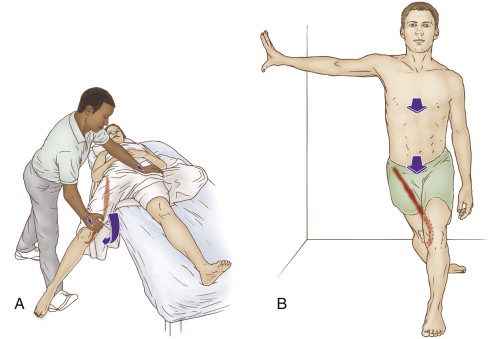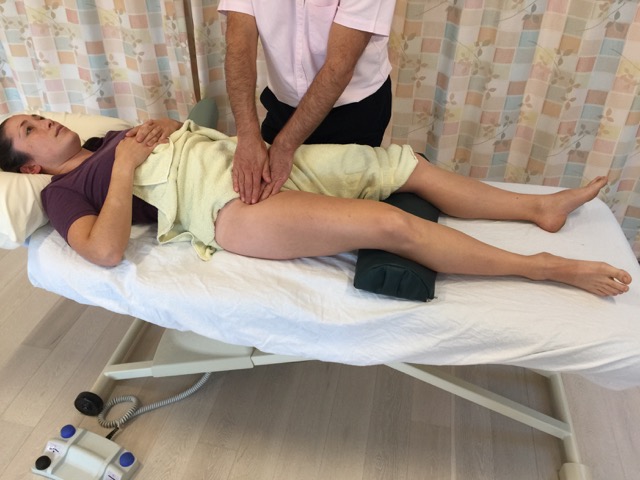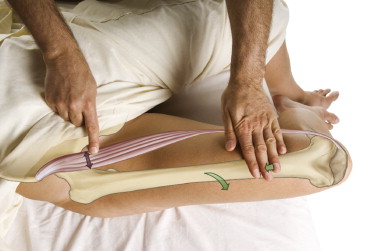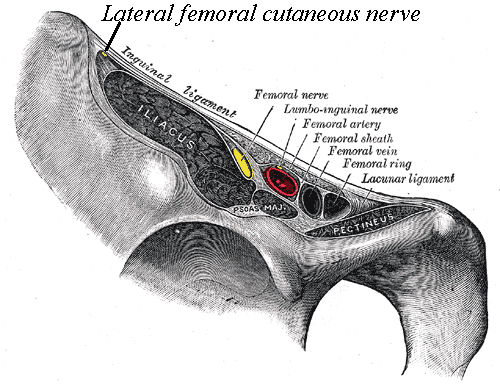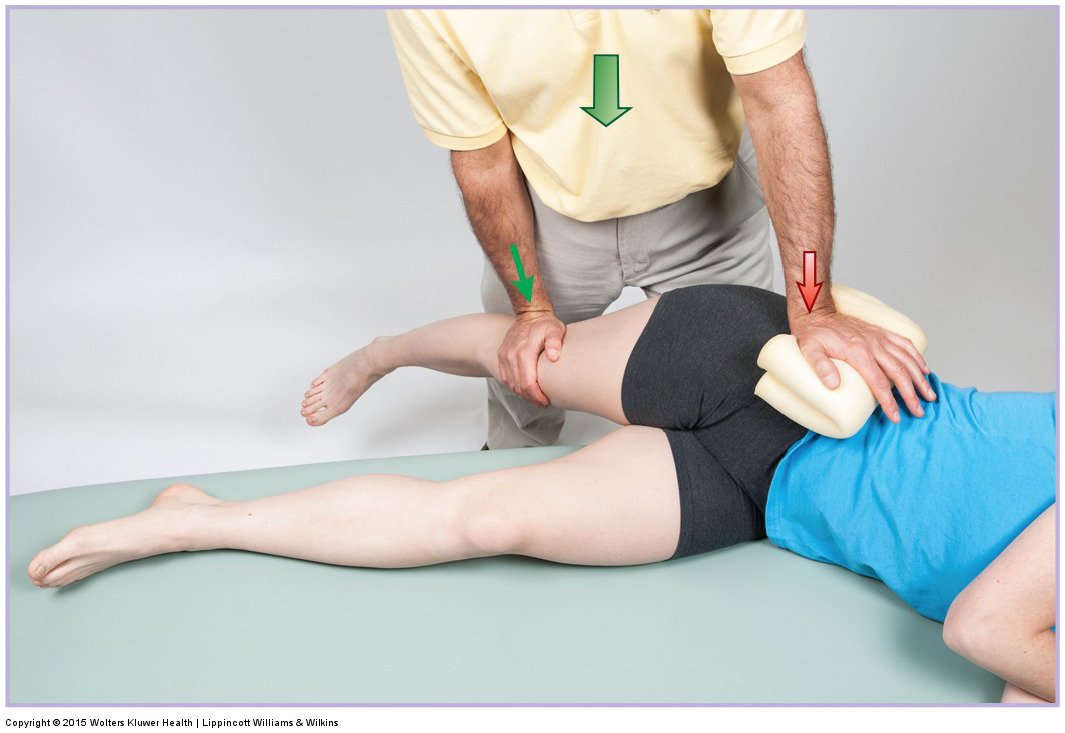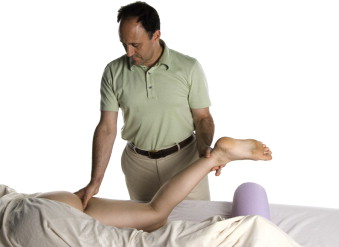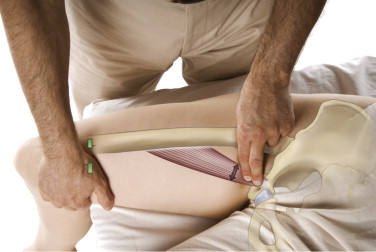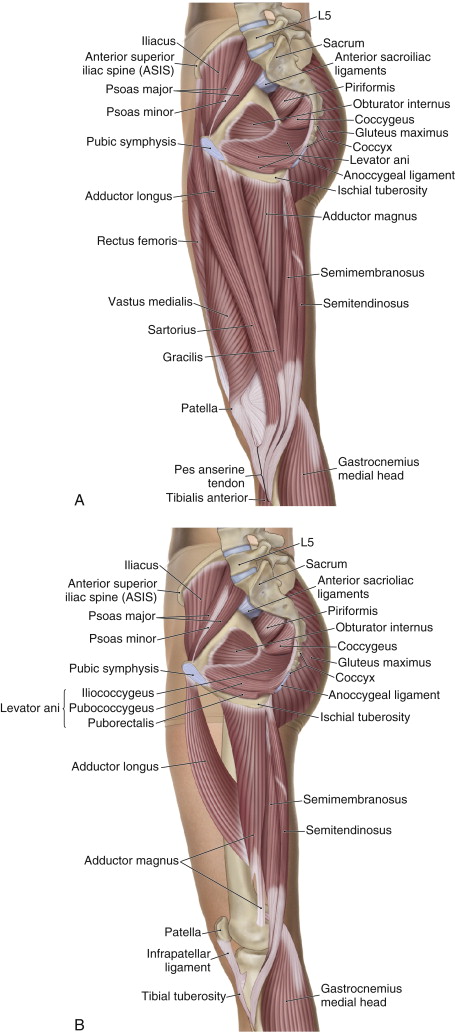Self-care for the client/patient: Self-care for meralgia paresthetica involves removing the physical stress factors that could contribute to the condition: avoidance of clothing or belts that are tight and/or press against the anterior hip, losing excess weight, and avoiding offending …
How do we treat meralgia paresthetica with manual therapy?
Manual therapy treatment: Manual therapy treatment for meralgia paresthetica is primarily oriented toward removing the physical stressors that are likely causing the condition. Advise the client/patient to wear clothing that is loose and comfortable and does not press against their …
What are the signs and symptoms of meralgia paresthetica and how do we assess (diagnose) a client/patient with this condition?
Signs and symptoms: Compression of a sensory nerve can decrease its transmission, causing altered sensitivity, in other words paresthesia. Paresthesia can be divided into decreased sensitivity, termed hypesthesia, and increased sensitivity, termed hyperesthesia. Compression of a nerve can block or …
What is meralgia paresthetica and what are its causes?
Introduction to meralgia paresthetica: Meralgia paresthetica is a condition in which the lateral femoral cutaneous nerve is compressed, causing pain or other altered sensation into the lateral thigh. The term “meralgia” literally means pain in the thigh; and the term …
What are the signs and symptoms of and how do we assess (diagnose) iliotibial band friction syndrome?
Signs and symptoms: The most common symptom of iliotibial band friction syndrome (ITBFS) is pain in the distal lateral thigh over the lateral epicondyle of the femur. Swelling is also often present. The pain and swelling are usually exacerbated with …
What are the signs and symptoms of and how do we assess (diagnose) hamstring strain?
Signs and symptoms: The most common symptom of a hamstring strain is pain in the posterior thigh at the site of the strain. Pain is usually sharp when the injury is acute, and transitions to being more dull as time …
How do we assess (diagnose) a client with Adductor Strain?
Assessment/Diagnosis: Assessment/diagnosis of an adductor strain (groin pull) follows from the signs and symptoms. In the acute stage, the location of the client’s/patient’s pain will indicate the area of strain, and palpation there will further elicit pain. To determine which …
What are the signs and symptoms of adductor strain?
Signs and symptoms: The most common symptom of an adductor strain is pain in the medial thigh at the site of the strain. Pain is usually sharp when the injury is acute, and transitions to being more dull in quality …

